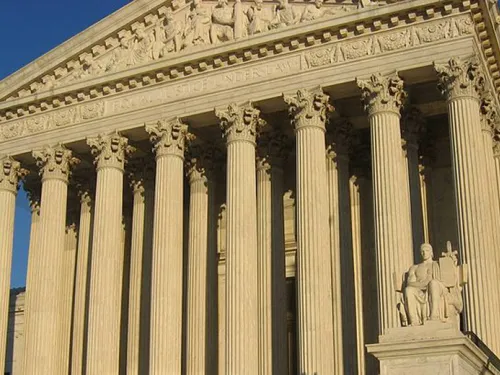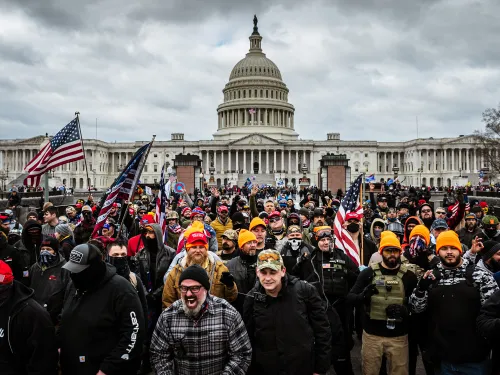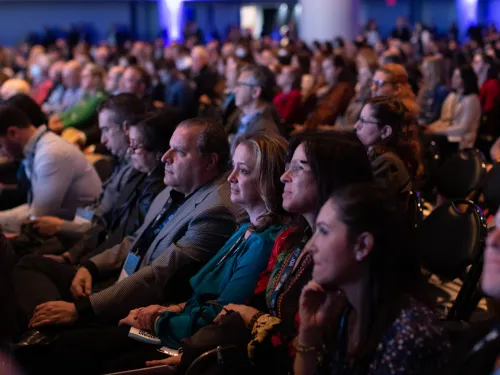
Related Content

ADL Education: Anti-Bias Learning Framework (PDF)
What is Anti-Bias Education
Anti-bias education is a comprehensive approach to teaching and learning designed to increase the understanding of identity and differences and their value to an inclusive and just society and to actively challenge bias, discrimination in schools, communities and society. Anti-bias education incorporates inclusive curriculum content that reflects diverse experiences and perspectives, instructional methods that advance all students’ learning, and strategies to establish and sustain safe, inclusive, respectful and equitable learning communities.
ADL Education's Approach to Anti-Bias Education
ADL Education’s anti-bias education pillars reflect our philosophy for how students (and others) recognize and build understanding of bias in themselves, others, and society and learn ways to address and challenge it. These pillars are foundational to our approach and are adapted and modified based on age and grade level. We believe that these pillars are best learned through interactive activities and respectful group dialogue that facilitates sharing of knowledge, perspectives and experiences.
Essential Questions
Explore Identity
- What are the various aspects of identity? What parts of my identity are most meaningful to me?
- What are social identities and how do they impact perspective and how we see our place in the world?
Interpret Differences
- In what ways is diversity a strength?
- Why is it important to recognize differences?
- How does understanding the language and nuance of diversity help us communicate across differences?
Challenge Bias
- What is the difference between individual prejudice and systemic bias and oppression?
- In what ways are implicit and explicit bias different? How is their impact similar?
Champion Justice
- How does understanding bias help us address and counter it?
- In what ways can people challenge bias in themselves, others and society?
- How does working together and across differences help to create a more just and equitable world?













